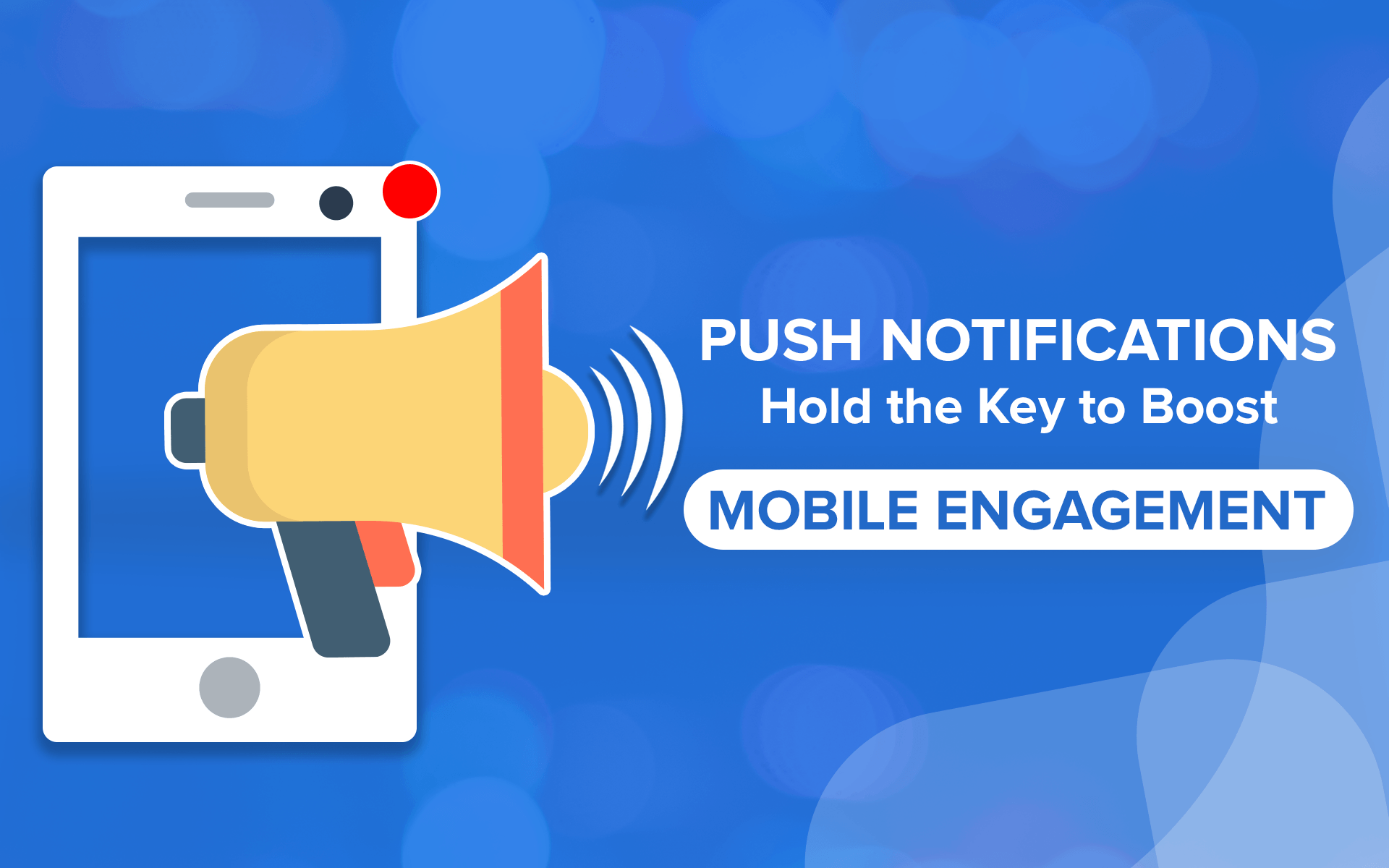
Mobile devices also represent a major part of digital media interaction, and hence it is imperative for mobile app developers and marketing professionals to deliver a cohesive and seamless touch-point throughout the experience.
However, an app in itself cannot guarantee a win over mobile users. Most people utilize 6 to 10 apps on a weekly basis. New downloads had just about 3% of Android and iOS apps with active users even after a month.
Ensuring mobile app engagement and retention
Attracting users to download the app, and then push them to use it consistently after initial installation is a tough ask. The ideal app is always useful to the users, highly engaging in its content, and even addictive so that people attach it to their daily routine.
High mobile app engagement and mobile app retention ensure a successful app although the metrics are quite subjective. The number of active users on the app and those who return to the app on a consistent basis are the ones who are engaged and retained by the app. One can decide on the app’s “stickiness” with the above metrics. It is tough to keep users engaged and even to ensure the app’s repeat usage. A perfect development strategy by mobile app developers in terms of intriguing yet useful app functionality along with addictive experience can manipulate people’s intent and behavior for actual engagement and retention.
Increasing mobile app engagement relies on micro-moments wherein the app is useful and is apt enough to meet users’ needs. Connecting these people in real time with relevant info whenever they need it is important. Context gives ample insights into consumer behavior and hence harnessing context to people’s searches can give insight into what they need.
Quality, timing and relevance of a business message are important, push notifications could lead to better app communication too.
- Frequency: Based on the understanding of app audience and expectations, one can allowing users to select subject matter they need through push notifications. Get users to be receptive to the message while leveraging push notifications for better engagement.
- Timing: Consider the frequency of push notifications, along with the right time of day. Send out messages to active users, especially during lunch hours and early evening hours. Determine ideal send times with the help of A/B testing process. Segment the audience based on attributes to boost response rates for the push notifications.
- Content: App users expect for tailored messages to come their way. They rely on language that conveys urgency and relevance to their interests while downloading the app. Push notifications might annoy recipients, hence the content needs to be direct and honest while being funny and memorable. Words need to drive user action here.
- Deep Linking: Deep linking directs the audience to take action on the app, providing seamless experience while eliminating barriers. Deep-link to purchase pages in the app with a path that will attract users and even guide them in the right direction.
Top Benefits of implementing a successful mobile push notifications strategy:
-
Higher App Usage
An average mobile user has more than a hundred apps on their smartphone while they interact with nearly that many websites on a daily basis. The competition is tough, which means many apps are forgotten on a daily basis. Mobile push notifications eliminate the issue of forgetfulness by enabling app owners to consistently send offers and news to users without them having to log in to the app. Marketers who have leveraged push notifications till now, have also witnessed an increase in app usage by a whopping 15 times!
-
Higher Conversion Rates
Mobile Push notifications offer marketers the ability to drive many conversions. The reason for the success is the personalized nature of notifications tailored to individual user behaviors and triggers based on relevant actions.
As per Crazy Egg stats, personalized mobile push notifications have nearly doubled conversion rates from a meager 2-3% to a reasonable 6%.
-
Real-Time Updates
Push Notifications are fast in deployment and users receive them within seconds. Compared to email, they also attract immediate attention and consumed almost instantly. One can even deep-link users to an app through notifications.
You can drive last-minute push to webinars or product sales to drive customer engagement. Mobile push notifications offer a marketing push immediately and even guarantees that many of your customers do not miss the deadline.
-
Send Critical Updates immediately
Push notifications have proven to be useful for all sorts of real-time promotions. They are even useful during critical scenarios like unauthorized access of your account or PC. Your mobile device gets an instantaneous notification whenever your account is accessed from a particular new device or from a new system.
Even social media channels like Facebook, Twitter, and Amazon have recognized the privacy and security of users and even implemented push notifications to send critical updates instantly.
-
Low Barrier to Entry
One of the best advantages of Mobile Push is to engage users without the need of garnering personal information from them. Brands often stay away from login information or passwords before they can take action.
Email marketing on the other hand demands user details before they can subscribe to emails. With push notifications, users can allow or block them. The low barrier to entry boosts user’s comfort level with no personal information being shared.
-
Rapid Optimization
Push notifications are minimal in their design and restricted to finite characters, a single image, or a hyperlink. The number of variables is quite less enabling marketers to easily test and optimize the mobile marketing strategy.
Compared to other complex marketing mediums like email, one can deploy experimental versions of the notifications quickly, and even A/B test them regularly.
Conclusion
Is push messaging a part of your mobile app marketing mix? Do you see any potential drawbacks of push notifications or can offer better ideas to implement them? Share your thoughts here in the comments section and help out marketers to implementing them.
